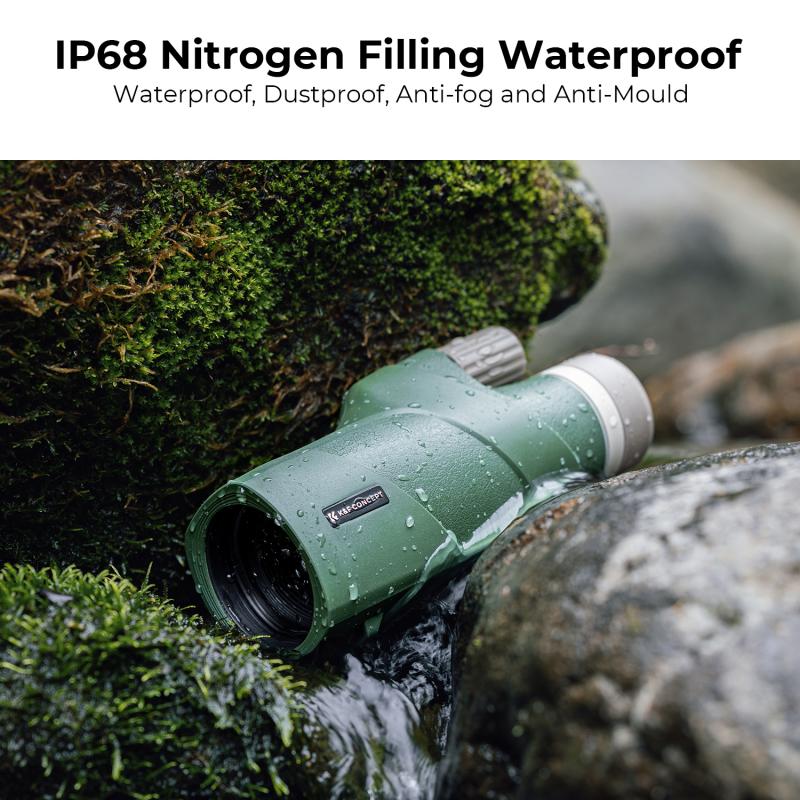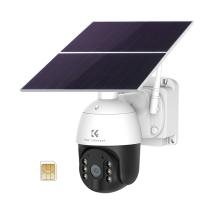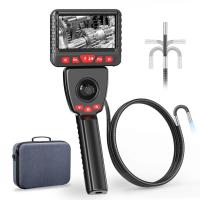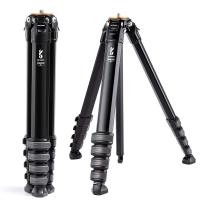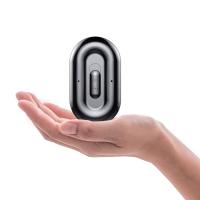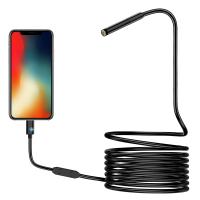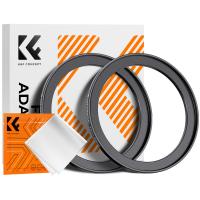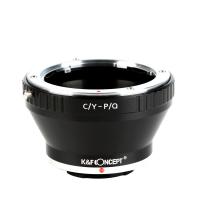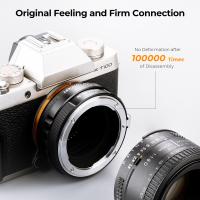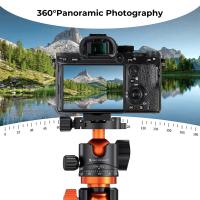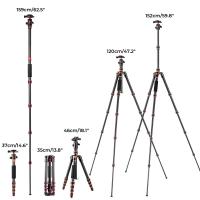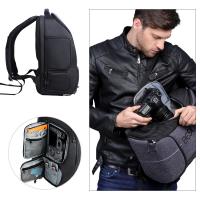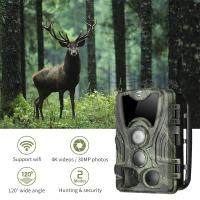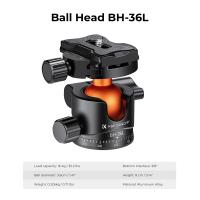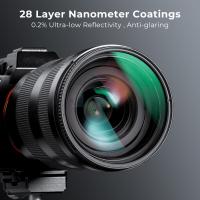How To Choose The Best Monocular ?
When choosing the best monocular, consider factors such as magnification power, objective lens size, field of view, image quality, and durability. Additionally, consider your specific needs and preferences, such as whether you need a monocular for bird watching, hunting, or general outdoor activities. It is also important to consider your budget and choose a monocular that offers good value for money. Reading reviews and comparing different models can help you make an informed decision.
1、 Magnification power
When it comes to choosing the best monocular, one of the most important factors to consider is the magnification power. Magnification power refers to how much closer an object appears when viewed through the monocular compared to the naked eye. It is typically denoted by a number followed by an "x" (e.g., 8x, 10x).
The ideal magnification power depends on the intended use of the monocular. For general purposes such as bird watching or hiking, a magnification power of 8x or 10x is usually sufficient. This allows for a good balance between magnification and field of view, making it easier to locate and track objects.
However, it's important to note that higher magnification power isn't always better. Higher magnification can result in a narrower field of view, making it more difficult to locate and follow moving objects. It can also amplify hand movements, leading to a shaky image. Therefore, it's crucial to find a balance between magnification power and stability.
Additionally, advancements in technology have led to the development of monoculars with image stabilization features. These monoculars use gyroscopes or electronic sensors to compensate for hand movements, resulting in a steadier image even at higher magnification powers. If stability is a concern, considering a monocular with image stabilization technology may be beneficial.
In conclusion, when choosing the best monocular, it's important to consider the magnification power that suits your specific needs. A magnification power of 8x or 10x is generally suitable for most purposes, but factors such as field of view and stability should also be taken into account. Additionally, considering monoculars with image stabilization technology can further enhance the viewing experience.

2、 Objective lens diameter
When it comes to choosing the best monocular, one of the most important factors to consider is the objective lens diameter. The objective lens is the lens at the front of the monocular that gathers light and determines the amount of light that enters the device. The diameter of the objective lens is measured in millimeters and is usually indicated in the specifications of the monocular.
A larger objective lens diameter allows more light to enter the monocular, resulting in a brighter and clearer image. This is particularly important in low-light conditions or when observing distant objects. A larger objective lens also provides a wider field of view, allowing you to see more of the surrounding area.
However, it is important to note that a larger objective lens diameter also means a larger and heavier monocular. This can make it less portable and more difficult to handle. Additionally, a larger objective lens may require a larger exit pupil, which is the diameter of the beam of light that enters your eye. If the exit pupil is larger than the pupil of your eye, some of the light may be wasted.
Therefore, it is crucial to strike a balance between the objective lens diameter and the portability and practicality of the monocular. Consider your specific needs and preferences, such as the intended use of the monocular and the conditions in which you will be using it. If you plan to use the monocular primarily in low-light conditions or for long-distance viewing, a larger objective lens diameter may be more suitable. However, if portability is a priority, a smaller objective lens diameter may be a better choice.
In conclusion, when choosing the best monocular, the objective lens diameter is an important factor to consider. It determines the amount of light that enters the monocular and affects the brightness, clarity, and field of view of the image. However, it is essential to find a balance between the objective lens diameter and the portability and practicality of the monocular.
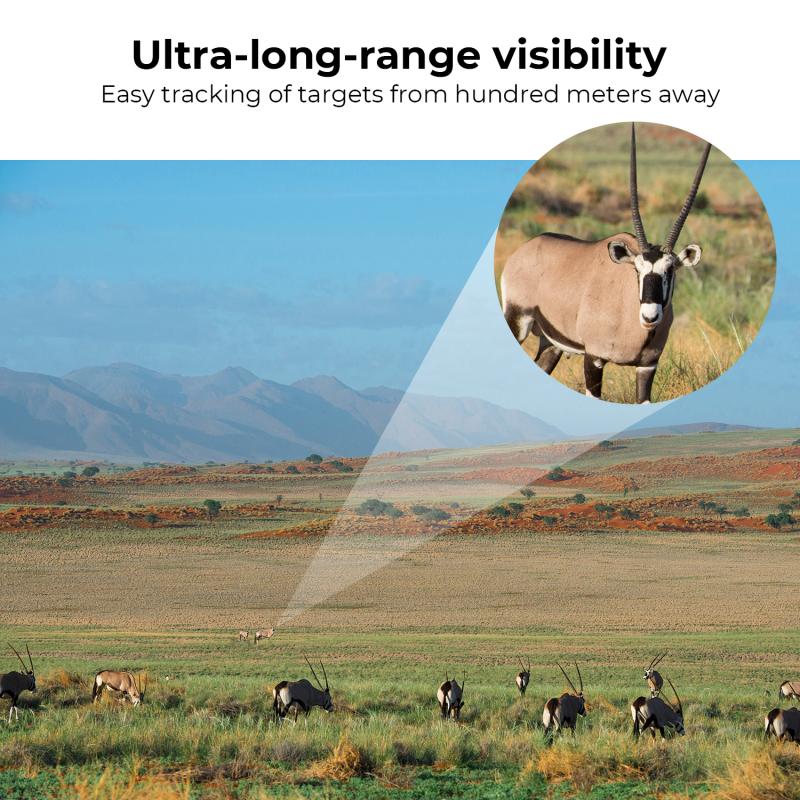
3、 Field of view
When choosing the best monocular, one important factor to consider is the field of view. The field of view refers to the width of the area that can be seen through the monocular at a specific distance. A wider field of view allows for a larger area to be observed, making it easier to track moving objects or scan a landscape.
To choose the monocular with the best field of view, it is essential to consider the magnification power. Higher magnification often results in a narrower field of view, as the image is zoomed in. Therefore, if a wide field of view is a priority, it is recommended to opt for a monocular with lower magnification.
Additionally, the quality of the optics plays a crucial role in determining the field of view. High-quality lenses and coatings can enhance the clarity and brightness of the image, allowing for a wider field of view. Therefore, it is advisable to choose a monocular from a reputable brand known for its superior optics.
Furthermore, advancements in technology have led to the development of monoculars with wider fields of view. Some manufacturers now offer monoculars with wide-angle lenses or panoramic views, providing an even broader perspective. These options can be particularly beneficial for activities such as birdwatching, hunting, or nature observation.
In conclusion, when selecting the best monocular, considering the field of view is crucial. Opting for a monocular with lower magnification, high-quality optics, and potentially wider-angle lenses can help ensure a wider field of view, enhancing the overall viewing experience.
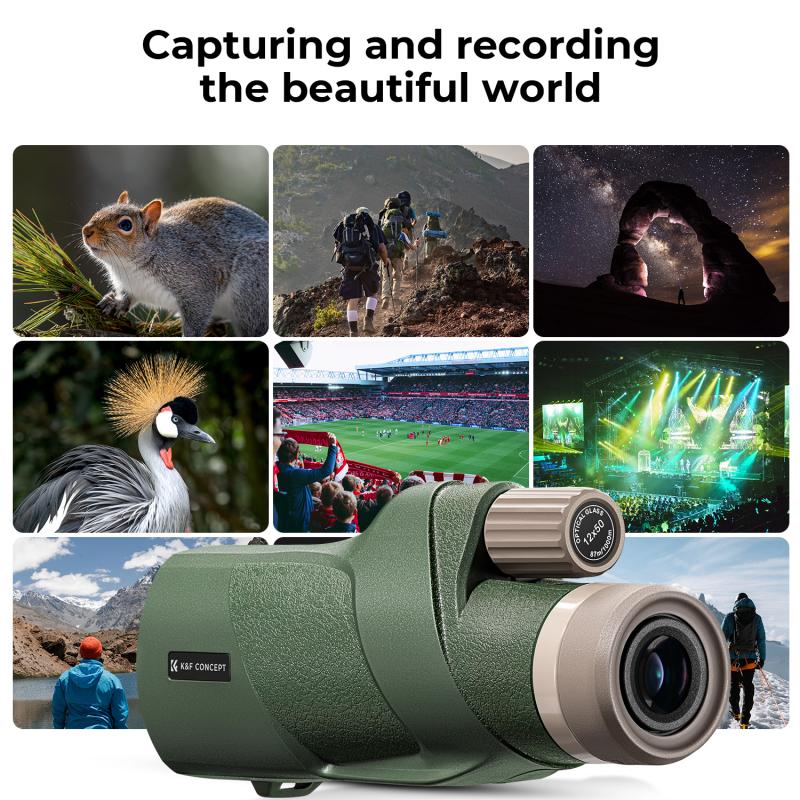
4、 Image quality and clarity
When it comes to choosing the best monocular, image quality and clarity are crucial factors to consider. A monocular with excellent image quality will provide you with a clear and detailed view of your surroundings, allowing you to observe distant objects with precision.
To ensure superior image quality, look for a monocular with high-quality optics. The lens quality, coatings, and magnification power all play a significant role in determining the clarity of the image. Opt for a monocular with multi-coated lenses, as they reduce glare and improve light transmission, resulting in sharper and brighter images.
Another important aspect to consider is the magnification power. Higher magnification allows you to see objects in greater detail, but it can also make the image shakier and reduce the field of view. Strike a balance between magnification and stability to ensure a clear and steady image.
Additionally, consider the size and weight of the monocular. A compact and lightweight design is ideal for portability and ease of use. Look for a monocular with a comfortable grip and ergonomic design to prevent hand fatigue during prolonged use.
Lastly, it is always beneficial to read reviews and seek recommendations from experts or experienced users. They can provide valuable insights into the latest advancements in monocular technology and help you make an informed decision.
In conclusion, when choosing the best monocular, prioritize image quality and clarity. Consider factors such as lens quality, coatings, magnification power, size, and weight. By doing so, you can ensure a satisfying viewing experience and make the most out of your monocular.
